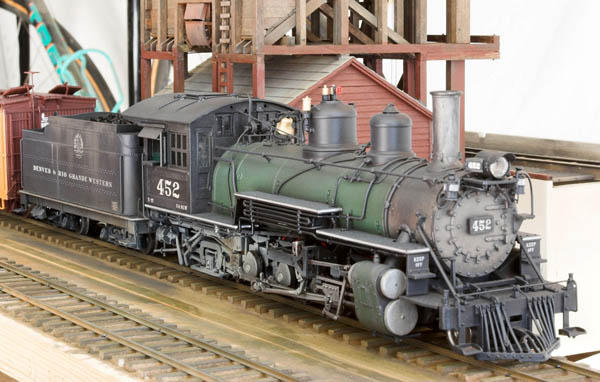So ON3 is correct for a 3' (36") gauge railroad right? And ON30 would technically be correct for 30" gauge, but is often used with a little modelers license and companies like Bachmann and MMI offer western 3' gauge equipment gauged for ON30 right?
I come up with the difference in gauge between ON3 and ON30 being only 0.125". With MMI making most of their product in ON3 and ON30 and Bachmann only doing ON30, I have to ask myself if that extra 0.125" gauge is really worth it vs. the increased product availability of going to ON30?
My math:
36"(ON3) / 48(O scale) = 0.75"
30"(ON30) / 48(O scale) = 0.625"
Difference of 0.125"
I haven't seen the two side by side and that's why I ask. Since I would be using Fast Tracks jigs to hand lay the track it doesn't matter which I chose, but there seems to be more product in ON30.
Thoughts?






